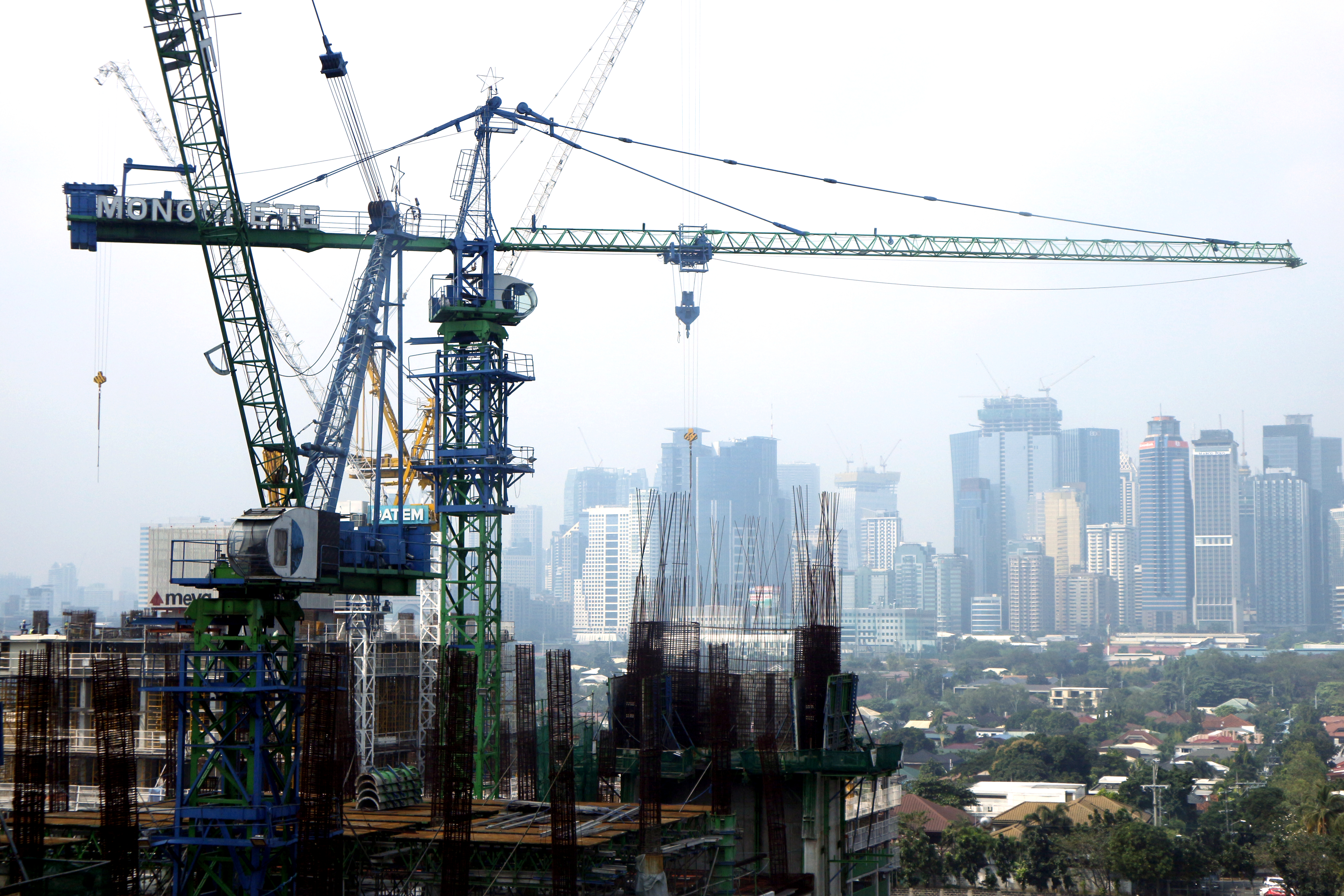As part of the preventive efforts against COVID-19, workers are expected to adhere to safety guidelines given by the Department of Public Works and Highways (DPWH). Palace Spokesman Herminio Roque stated that the rules released by the DPWH will require construction firms to facilitate minimal contact among its workers.
Meanwhile, Housing Secretary Eduardo Del Rosario has also signed the Department Order 2020-005, which lists mandatory requirements that developers and contractors are expected to follow. This includes the following:
Providing adequate assistance packages for workers who may contract COVID-19 during their employment
Ensuring that all workers are given adequate protective gear, including face masks and alcohol
Setting up hygienic living quarters or barracks for the workers
Covering the costs of having their people rapid-tested
Del Rosario warns, ”There will be stiff penalties if they fail to comply with the health protocols and safety guidelines.”
Industries around the world are adjusting to the new normal.
The nature of coronavirus spreads like wildfire, which is why rules have to be set in preventing it. Despite the guidelines sacrificing comfort and freedom, they are for the good of everyone involved. These rules are especially crucial in keeping areas of the worksite sanitary and keeping workers safe from harm. Remember, one infected person could jeopardize an entire workforce.
1. Workers are generally discouraged from entering and exiting the construction site. In compliance with the revised DPWH guidelines, concessionaires, contractors, subcontractors, and suppliers should also be responsible for their workers’ food, water, and sanitation items.
2. Contractors should provide disinfection facilities in their respective project sites in compliance with pertinent DOH and IATF Guidelines. They should also assign a safety officer to ensure the implementation of social distancing measures.
3. Non-essential personnel will be barred from entering the construction site. Truck drivers and safety inspectors are also allowed but are subject to health checks.
4. Direct tool sharing will be discouraged. Regular tool sanitation is a must before lending it to other personnel.
5. Lunch break or not, social distancing will be put into effect. Group gatherings, parties, and merry-making are strictly prohibited for the welfare of everyone in the worksite.
6. Promote proper waste removal and cleanliness, especially within their living quarters or barracks. Ensure that infectious trash like face masks, sandwich wrappers, and unclaimed foreign objects (items from the streets) are appropriately disposed of.
7. Finally, supervisors and managers should find ways to keep everyone’s morale up, as getting used to the new normal will take time, especially for people working in dangerous industries.
The problem with keeping up with the new safety protocols is its effect on project progression. It can take weeks or even months for everyone to get used to working in restrictive conditions. It won’t be easy but everything will get better, as long as everyone works together to alleviate the virus spread.
![]()











